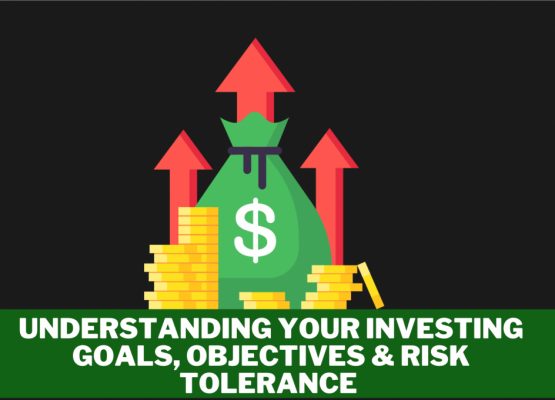When it comes to investing, choosing the right strategy is something that you will need to decide, based upon your investing goals and objectives. Two popular investment strategies, value and growth investing, offer different ways on how you can potentially make returns in the market. Understanding the characteristics and differences between these two strategies can help you make informed decisions about your investment allocation.
Value Investing
Value investing is a strategy that focuses on finding undervalued assets trading below their intrinsic value. The key principles of value investing include fundamental analysis, and ultimately looking for solid businesses that have been temporarily undervalued by the market. Value investors often rely on metrics like the Price-to-Earnings (P/E) ratio and pay attention to dividend-paying stocks, as these are often grouped into the ‘value category’. By buying assets at a discount and waiting for the market to recognize their true worth, value investors aim to generate profits over the long term.
Growth Investing
Growth investing, on the other hand, revolves around identifying companies with high growth potential. Growth investors prioritize future growth prospects over current valuation metrics, such as profitability and earnings growth. They seek out companies with above-average revenue and earnings growth rates, often in innovative sectors or with disruptive business models. Forward-looking metrics like the Price-to-Earnings Growth (PEG) ratio play a significant role in evaluating growth stocks. Unlike value investing, growth investors often focus less on dividends and more on capital appreciation, or in other words – expected future share price growth. This strategy carries a higher risk and tends to be more volatile, due to the emphasis on future growth rather than the current, underlying valuation of the company.
Combining Strategies
It’s important to note that value and growth investing are not mutually exclusive. Some investors choose to incorporate elements of both strategies into their portfolios. They may seek out undervalued stocks with growth potential or invest in growth stocks that have become temporarily undervalued. This blended approach can provide a balance between stability and potential for outsized returns, but ultimately, you will need to decide what works best for you, based upon your investing goals and objectives.
Factors to Consider
When deciding between value and growth investing, several factors come into play. Your risk appetite, investment goals, and time horizon are key considerations. Value investing, with its focus on stability and income generation, may appeal if you are a more conservative investor with a longer time horizon. On the other hand, growth investing might seem more attractive if you are willing to take on higher risk in pursuit of the potential for significant share price appreciation.
Conclusion
Value and growth investing offer distinct strategies to navigate the market. While value investing aims to identify undervalued assets with solid fundamentals, growth investing focuses on companies with high growth potential. Both strategies have their merits, and can be incorporated into a well-diversified portfolio. Hopefully this has given you a better understanding of both the characteristics and differences between value and growth investing, and how you might be able to implement these strategies within your own portfolio.




